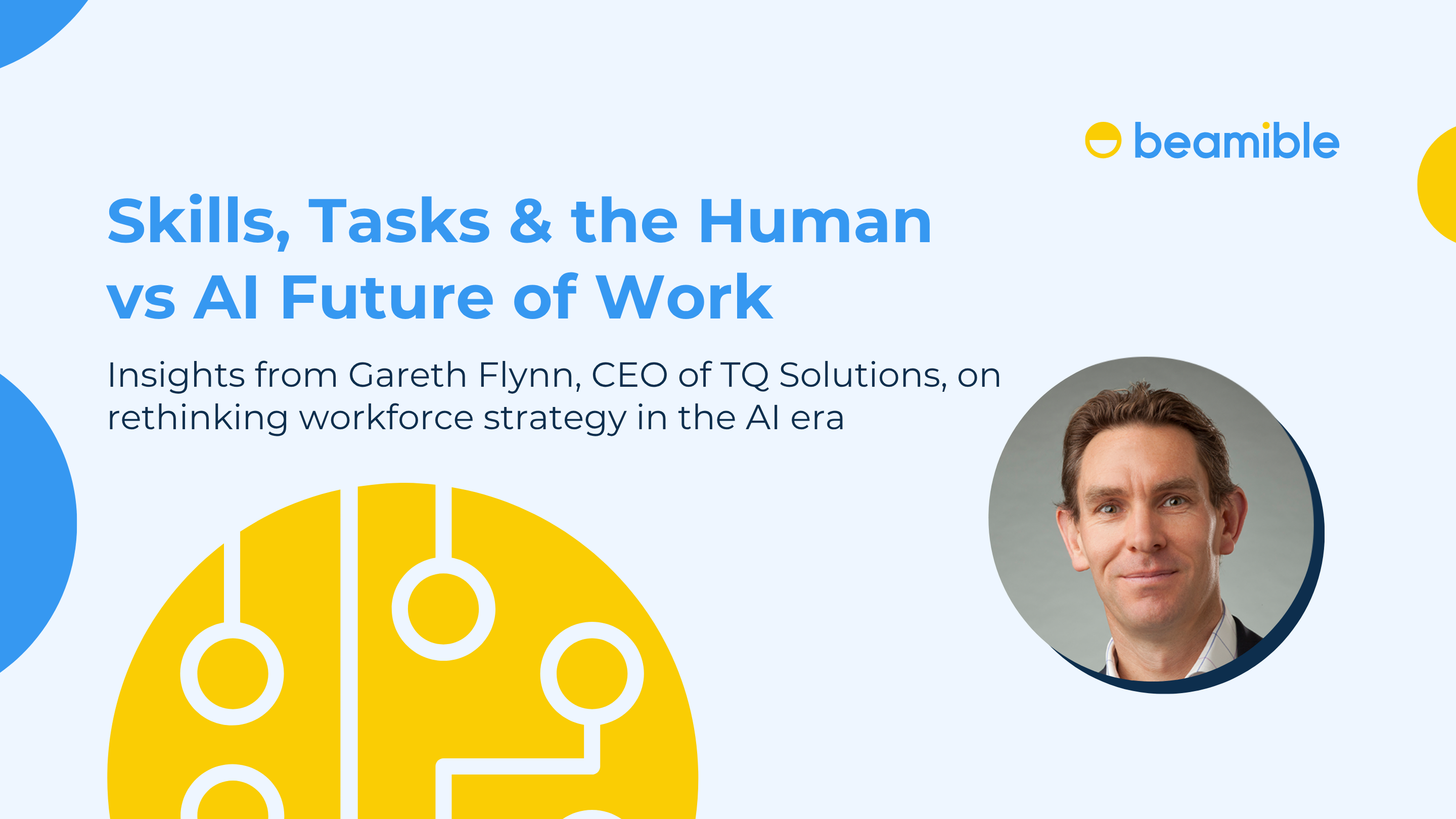“We work with predominantly part-time medical specialists and also have part-time and job sharing staff in our business. So we’re a big advocate for the Beam method of part-time professionals.” – Brendan Murphy, CEO of Access Telehealth
In Australia, rural, Indigenous and nursing home communities often lack access to medical specialists. The burden of distance, time and cost is a barrier to the health outcomes of these communities.
By linking up specialists, patients and GPs across Australia with video conferencing technology, Access Telehealth is helping to close this gap.
Better still, they’re using flexibility and remote working to unlock specialists who wouldn’t otherwise be available to patients. We chatted with CEO Brendan Murphy about his very flexible workforce.
Why are you so passionate about the work Access Telehealth is doing?
I am passionate about the impact we can have on our patients. Being able to see a bulk-billing specialist without having to travel allows them to be on the path to better health quickly and without the stress associated with travel and time away from their normal life.
What does your workforce look like?
We have a team of 8 dedicated people working in the office to deliver our service. Our staff have flexibility in their work, be it working from home or job sharing. We work with them to find the right balance. Most of the team work part-time and share duties across the week. Our software is cloud-based and can be used from anywhere.
As long as they stay in touch and hand over each day, part-time is a great result for everyone. We have a number of working mums on the team and they enjoy being able to combine their work and family life.
What is a typical day?
Every day at Access Telehealth is busy! Our job, put simply, is to ensure the patient gets to see the specialist they need in the most efficient way possible.
So we are constantly dealing with the logistical and technical challenges of bringing together patients, GPs and remote specialists across Australia.
Why is flexibility important/useful to you as a business?
Medical specialists are often extremely busy and cannot commit to regular hours outside of their normal day. By allowing them to set their own work times, we can offer patients free access to their expertise and a path to improved health without the hassle of a visit to the nearest city.
Our specialists have the ultimate flexibility — they can simply tell us when they’d like to work and we will schedule patients for them via our purpose-built telehealth platform.
How do you keep in touch with each other and create a sense of connection?
For our office team, we are in constant communication through programs like Slack and stay in touch via the various channels and chat rooms we have created. We also ensure we are all in the office together at least once a week.
Do you have any tips for other CEOs managing a remote workforce?
Communication.
Whether it’s our staff or our specialists and clinics, we maintain strong communication as there is always a chance something will go wrong, but communication and a desire to solve the problem mean we rarely have any issues.
What have been your biggest challenges with managing a dispersed workforce?
Meeting the demand.
Since we began offering Telehealth services in late 2017, we’ve had an explosion of clinics and nursing homes joining our network. There is a huge need for specialist services in these areas and we need to continually recruit more specialists to join our network. This, and the obvious challenges in building a service model that is efficient and reliable.





